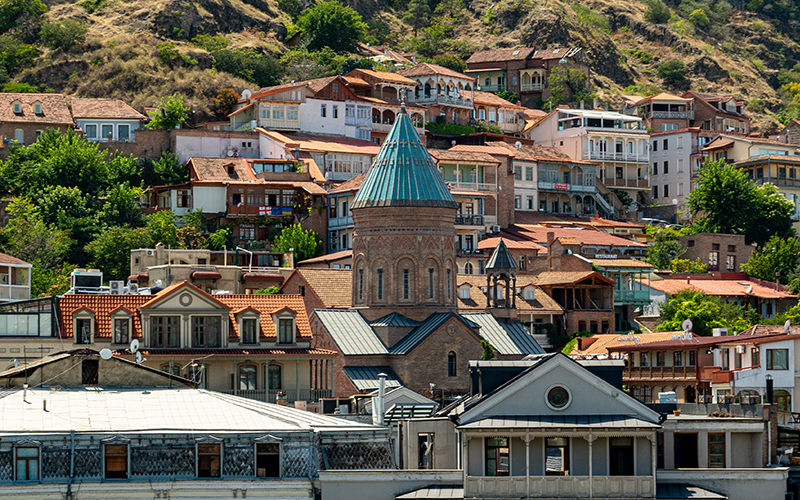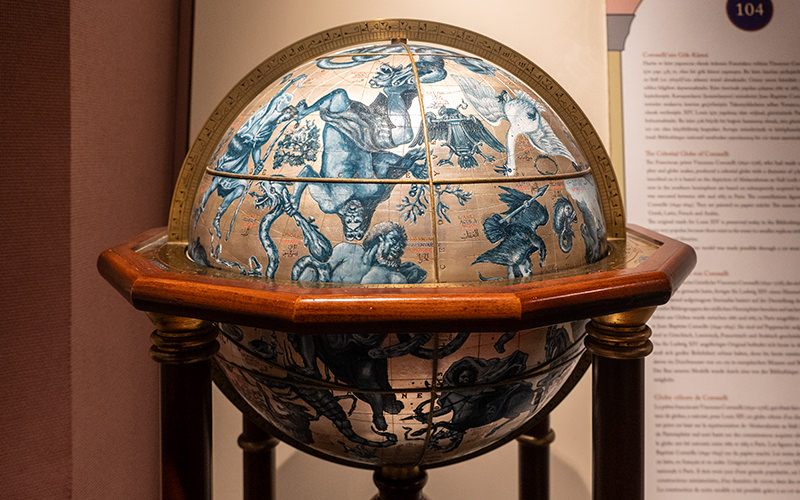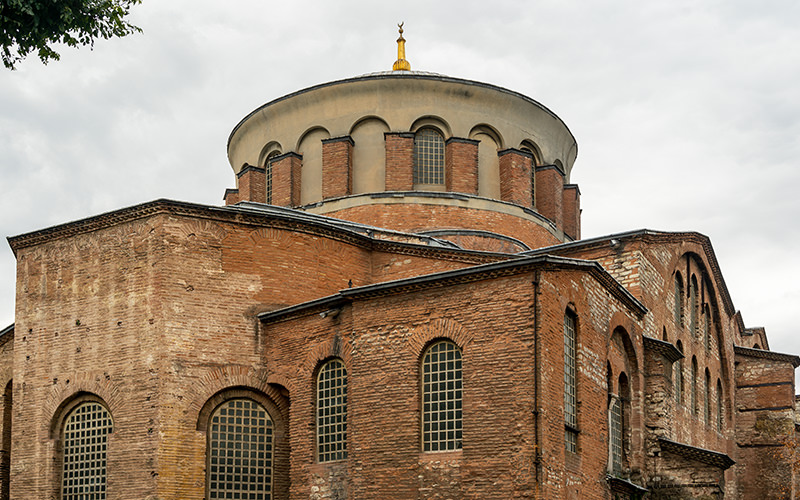Gülhane Park in Istanbul is in the heart of ancient Istanbul. I was here for the first time in August last year, but to be honest, I didn't really like this recreational area. Now, during the tulip blooming season, I decided to give the park a second chance, and I didn't regret it. During the walk, I enjoyed the vibrant colors of numerous flower beds, discovered a column dating back over 1500 years, and found another ancient reservoir.
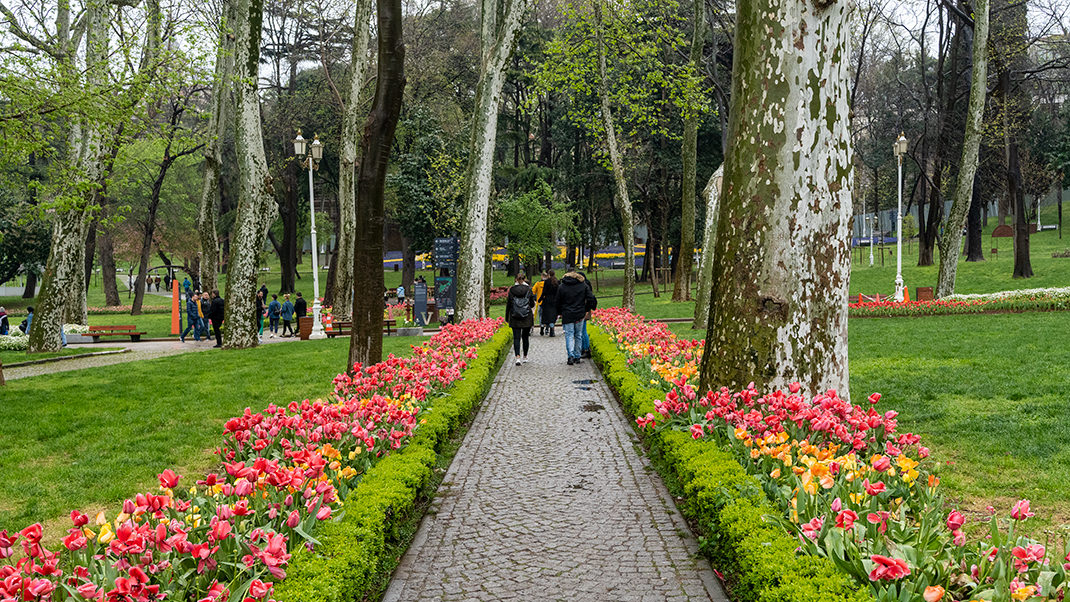
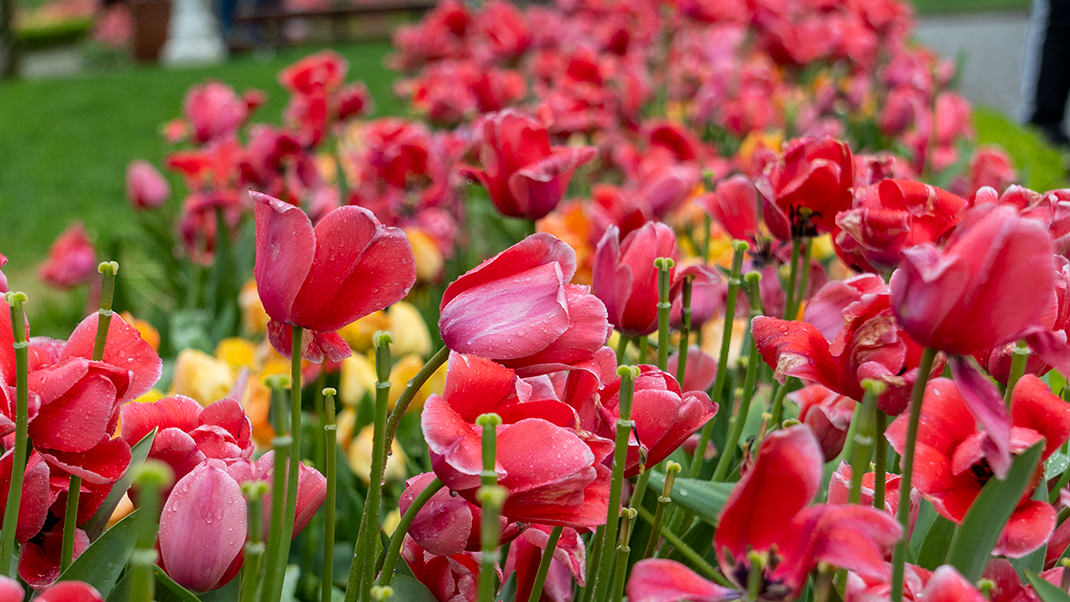
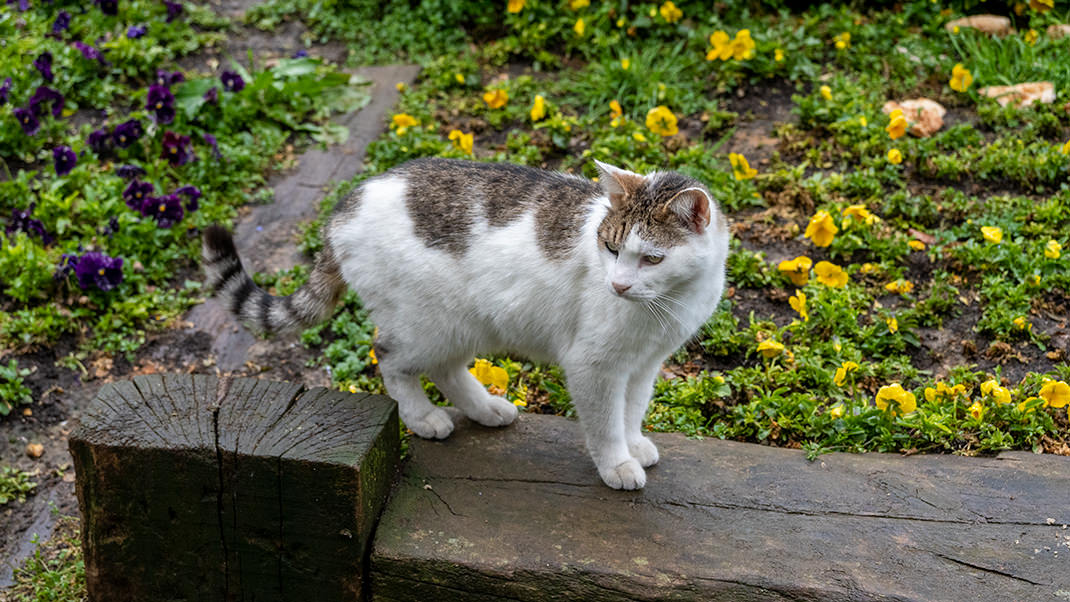

How to get there
The park is located in the city center, near the Topkapi Palace. The recreational area is open year-round, and admission is free.
There are several entrances to the park from different sides. The closest gate is near the Gülhane tram station. A bit further is the exit from the Sirkeci station, which belongs to the Marmaray line.
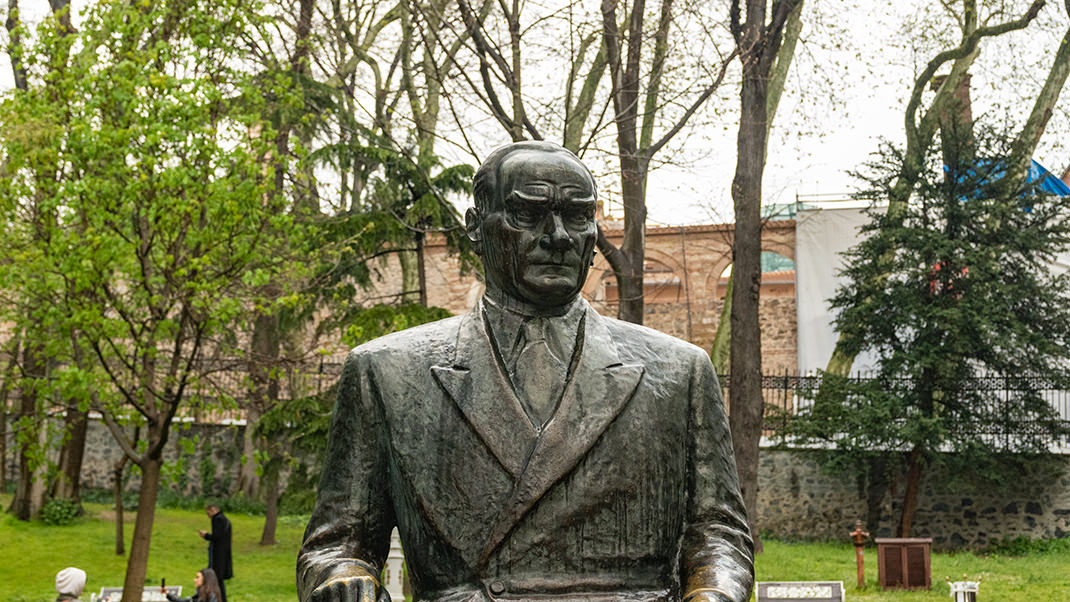
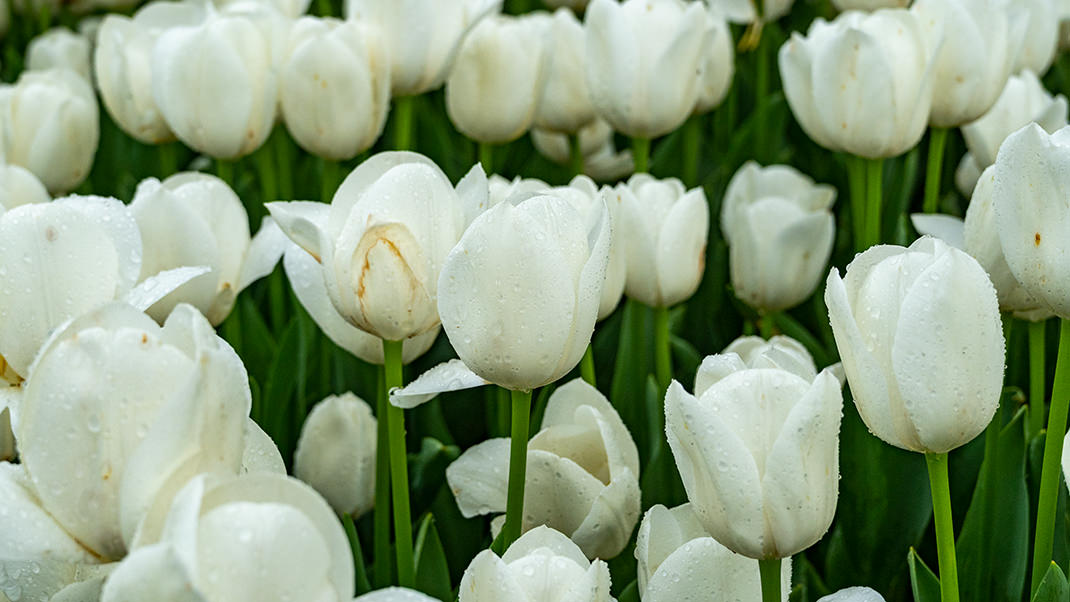

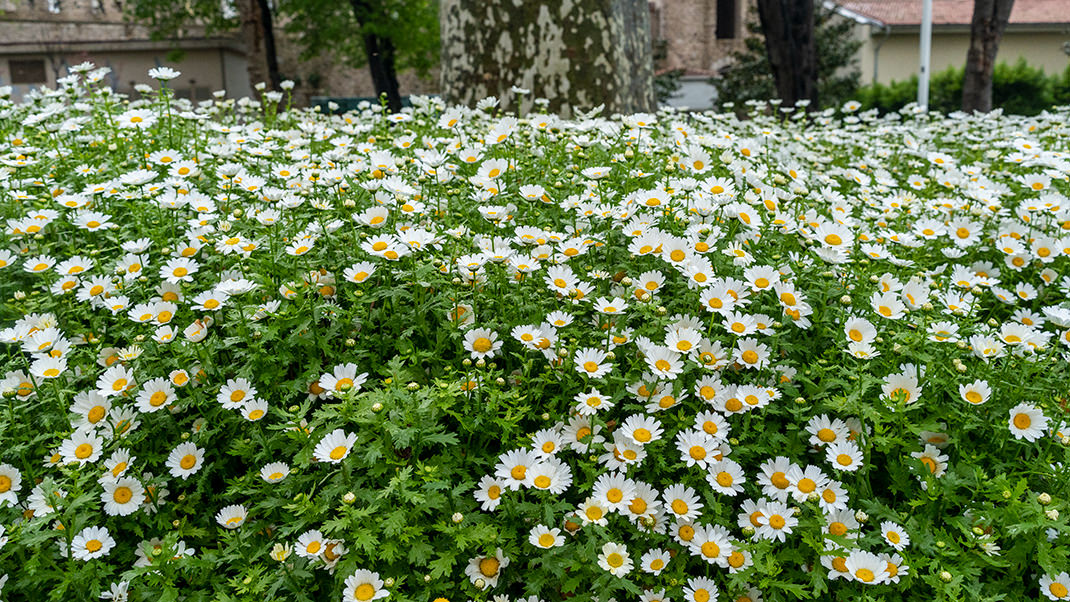
A bit of history
During the Byzantine Empire, the area where Gülhane Park is now located housed a palace building with barracks and warehouses. Archaeologists have found evidence of a church and a monastery here. The presence of a monastery is quite logical, as this part of the city was considered sacred by the Byzantines.

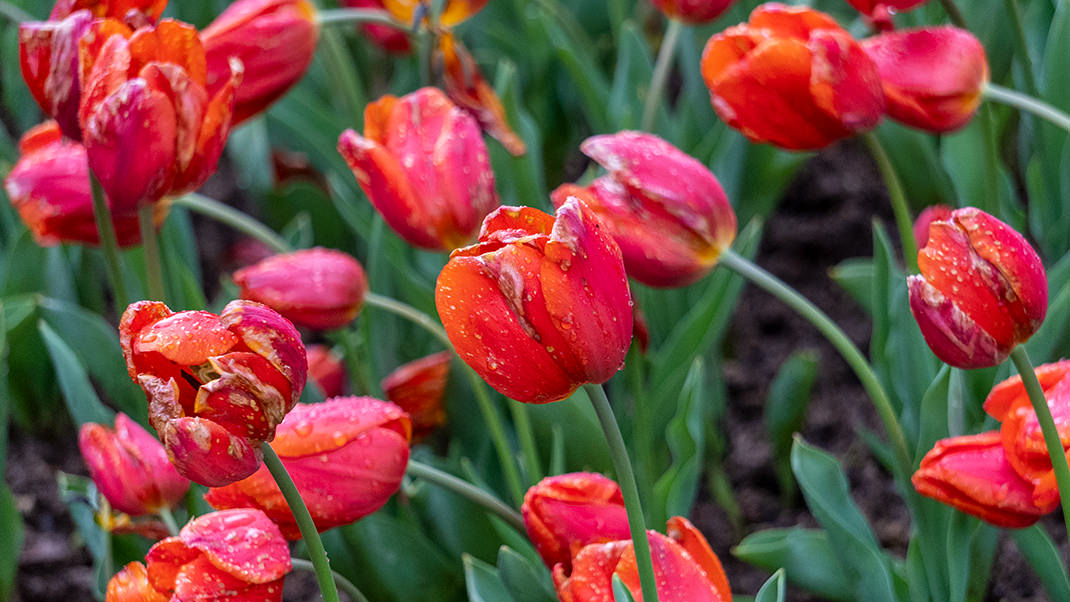
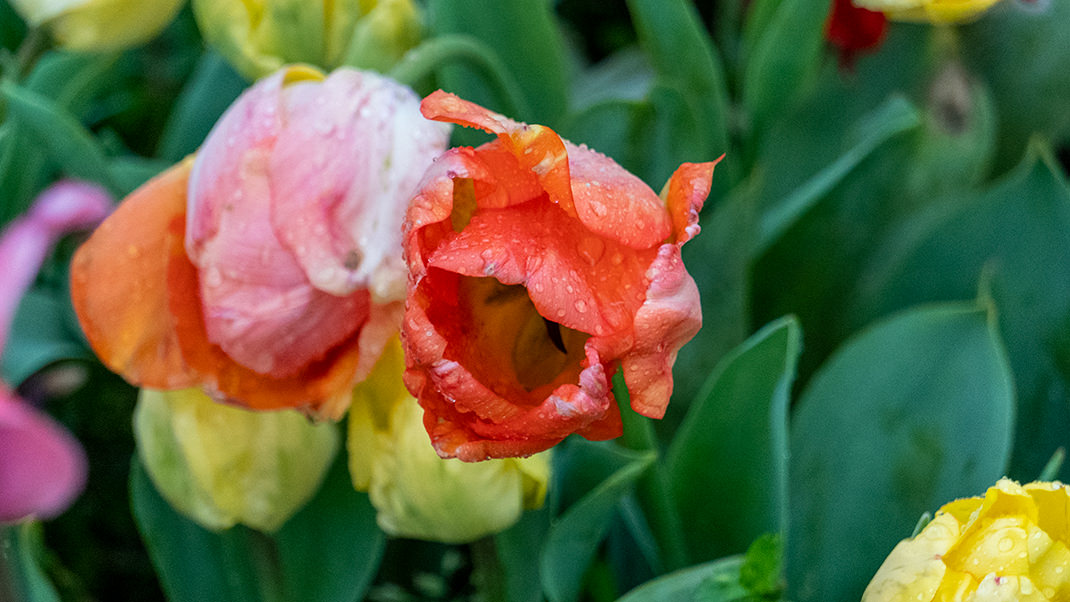
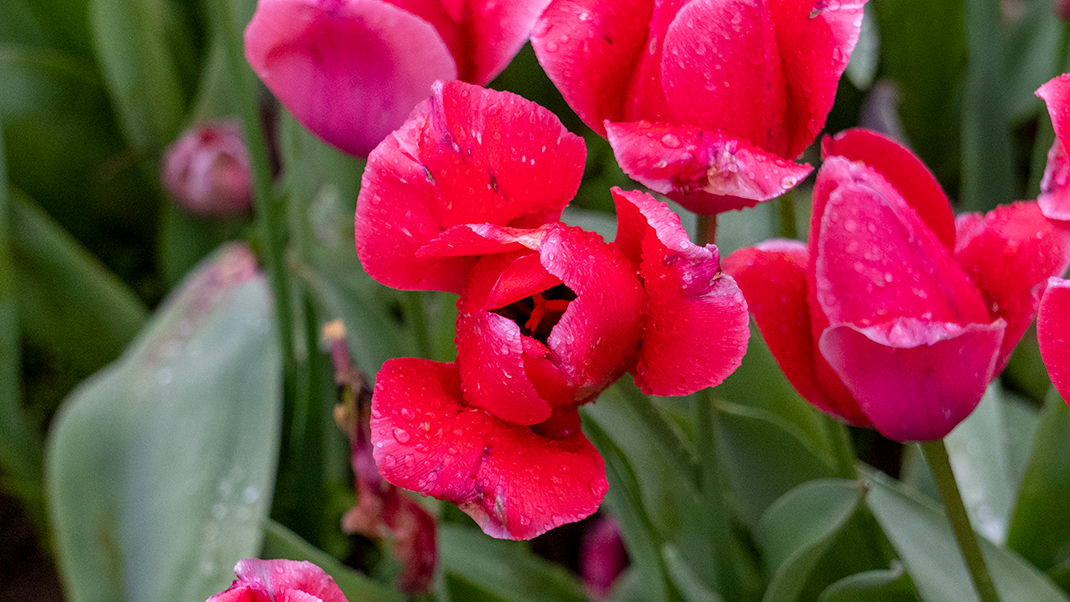
After the fall of Constantinople, the old buildings were demolished, and the area became part of the gardens of the Topkapi Palace complex. The opening of the park as a public recreational space took place in 1912. At the beginning of our century, extensive restoration work was carried out here, making this attraction one of the best-maintained and pleasant parks in the city center.
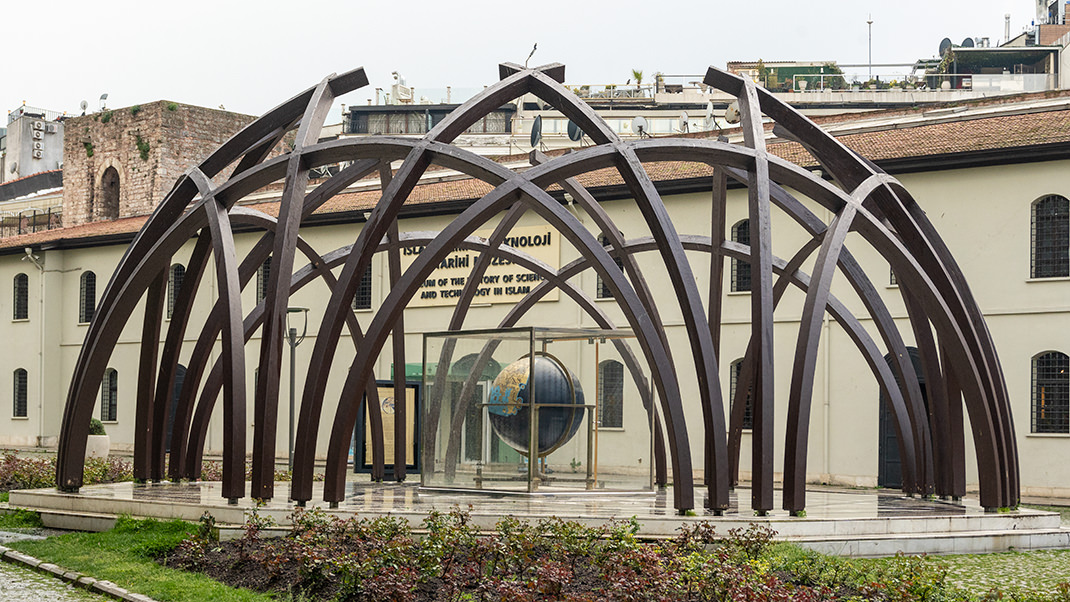

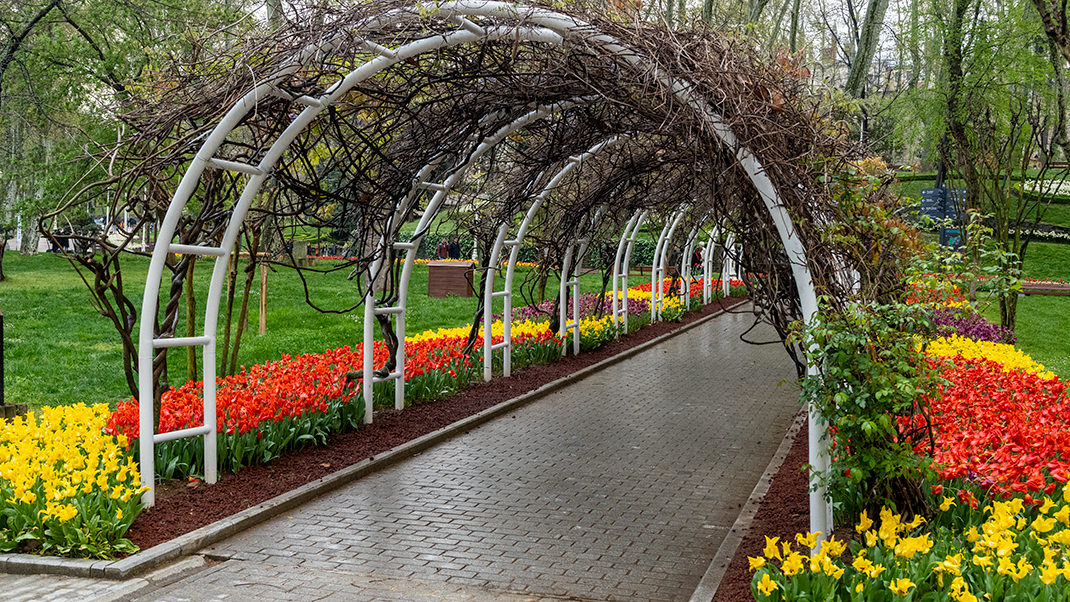
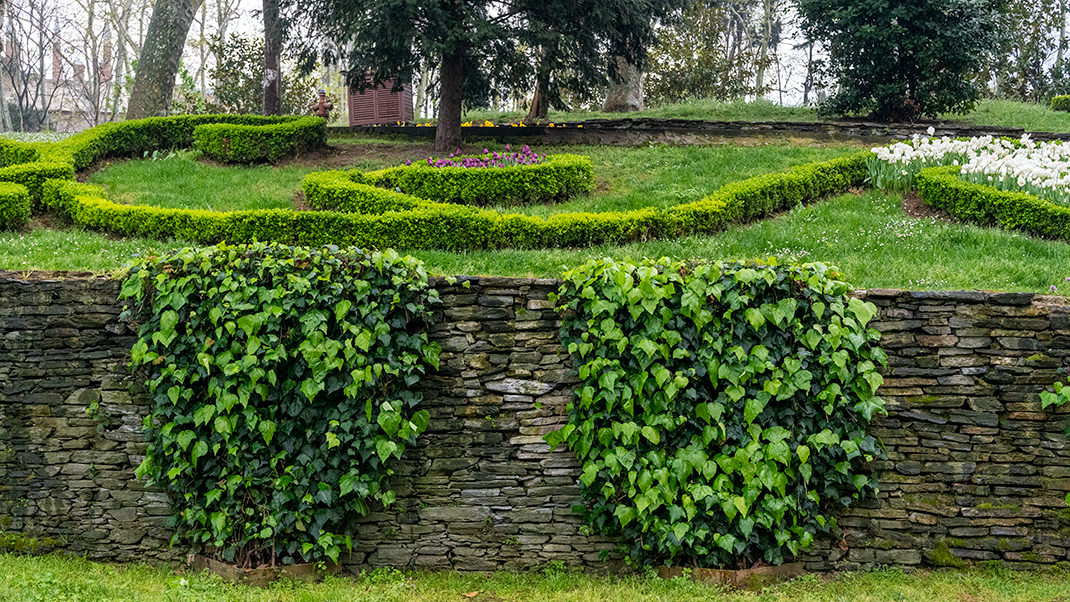
In addition to the walking paths, the park is home to several interesting landmarks. The largest of them is an ancient reservoir with a depth of 7 meters. Such structures in Istanbul are called cisterns, and about 40 of them have survived to this day, although only a small part is accessible to tourists.

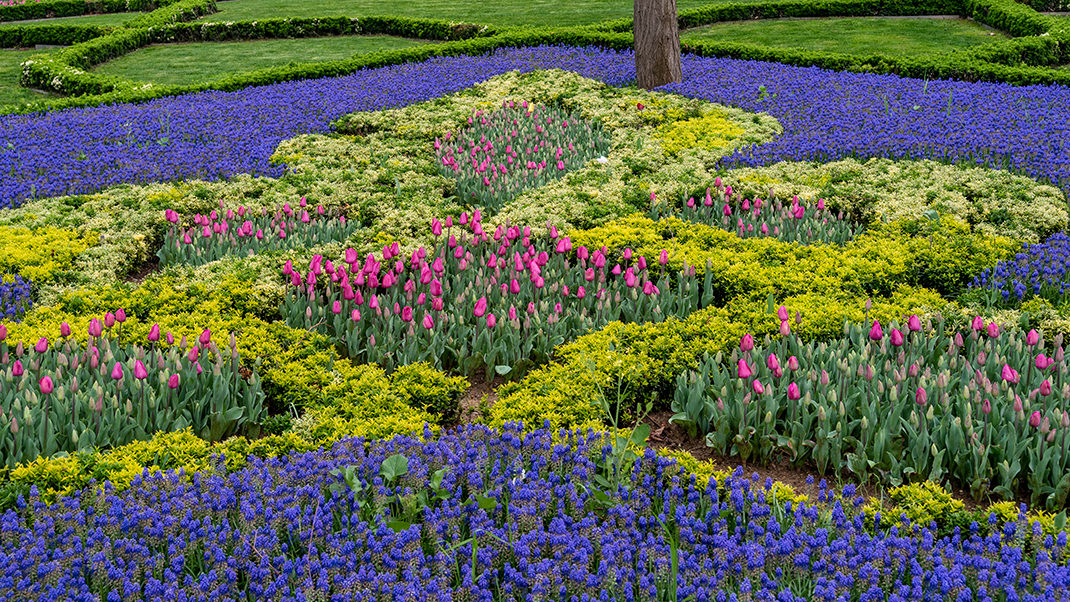
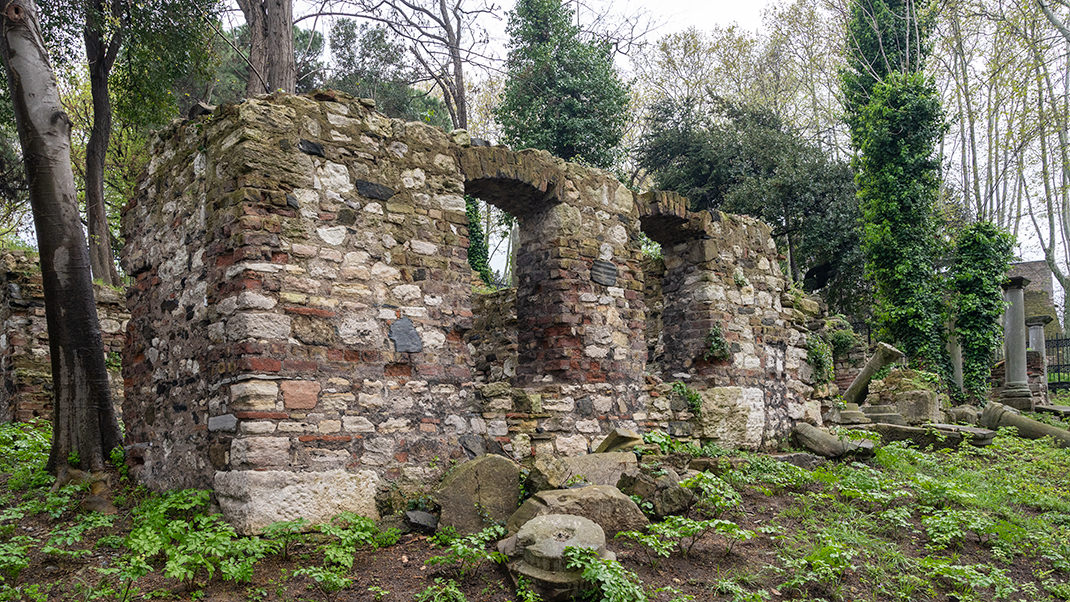
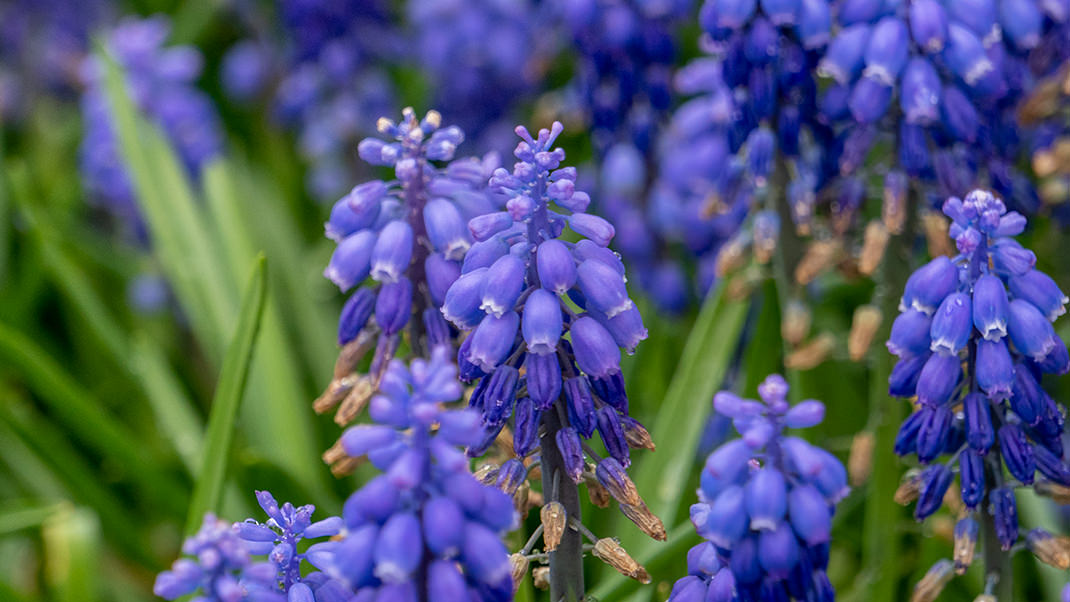
For 47 years, the cistern was used as a location for housing a fish aquarium. Now, the structure has been transformed into a small exhibition space.
Another interesting landmark, the Gothic column, is in the northern part of the park. It was erected in the 3rd or 4th century. If we believe the earlier date, then the object appeared here even before the founding of Constantinople when the ancient city of Byzantium was in this area.
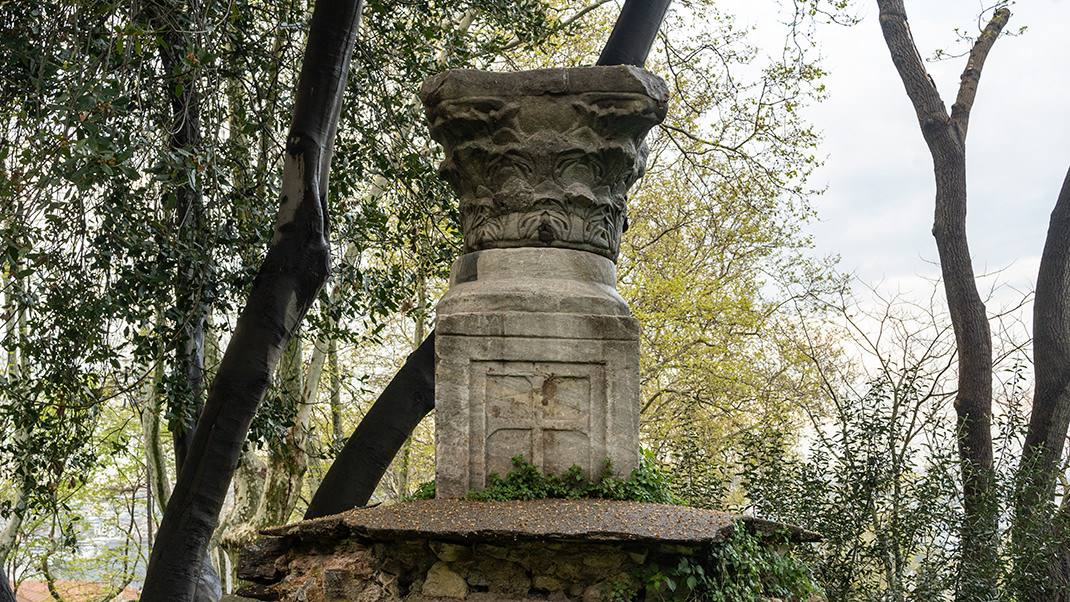

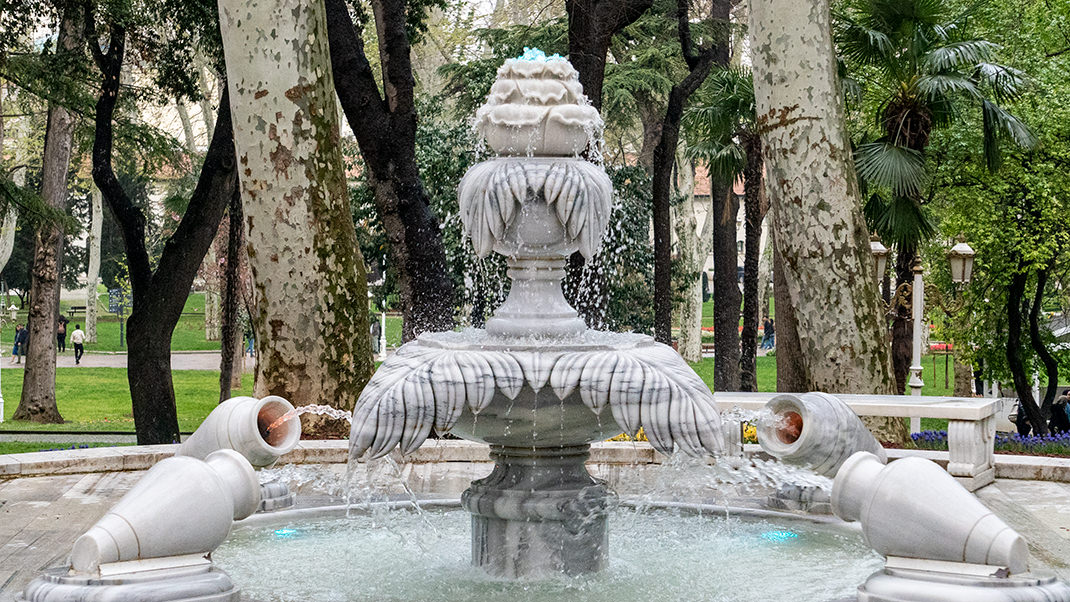
In the same part of the park, you can see the ruins of St. Paul's orphanage. The building dates to the 6th century and was part of the complex of buildings of a Byzantine church and monastery, which I mentioned at the beginning of the story.
The birds living in Gülhane Park deserve a special mention. Visitors to the recreational area can encounter familiar crows, pigeons, and sparrows, as well as exotic parrots. These colorful birds live here all year round. They are often found in the recesses on the walls of the Topkapi Palace. If you look up among the branches of tall trees, you can see large nests where herons dwell.
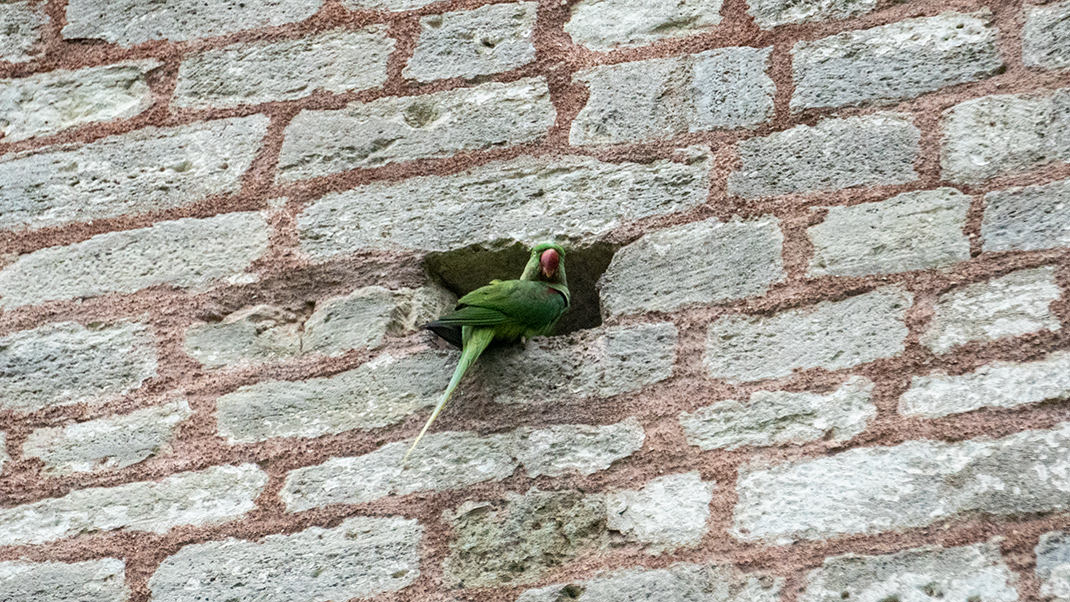

Tourists who come to this park have a multitude of options for further activities. It's easy to reach many attractions in this part of the city from here. Nearby, for example, are the Archaeological Museum, the Basilica Cistern, and the world-famous Hagia Sophia.
Have a nice trip!




